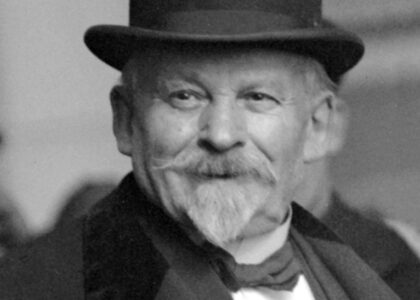Welcome to Carmel Valley, a place where history whispers through the rolling hills and along the gentle flow of the Carmel River. This picturesque valley in Monterey County, California, is more than just a serene landscape; it’s a location steeped in rich history and cultural transformation.
The story of Carmel Valley begins with its earliest inhabitants, the Esselen and Rumsen Ohlone tribes, who thrived here long before European explorers set foot on these lands. These indigenous people lived in harmony with the natural bounty of the valley, relying on acorns, berries, and the diverse wildlife for sustenance. Evidence of their presence can still be found in the form of bedrock mortars used for grinding acorns, particularly in Garland Ranch Park.
In 1602, the Spanish explorer Sebastián Vizcaíno sailed along the California coast and noted the mouth of the Carmel Valley. He was so captivated by the landscape that he named the river ‘El Rio del Carmelo’ in honor of the Carmelite friars accompanying him. However, it wasn’t until the establishment of the Spanish missions in the late 1700s that Europeans began to settle in the area. Mission San Carlos Borromeo de Carmelo, founded by Father Junípero Serra, played a critical role during this period of colonization.
Fast forward to the 19th century, and Carmel Valley saw significant changes with the Mexican land grants, such as Rancho Los Laureles. This era marked the beginning of organized agricultural development in the valley. The lands exchanged hands multiple times, eventually developing into a blend of small farms and large estates.
By the late 1800s and into the 20th century, Carmel Valley transformed into a rural retreat and residential community. Notable figures such as Isabel Meadows, an Ohlone ethnologist and the last fluent speaker of the Rumsen Ohlone language, and William Hatton, who managed Rancho Cañada de la Segunda, were instrumental in shaping the valley’s history.
The 20th century also saw the rise of tourism and residential development with the establishment of subdivisions like Robles del Rio. Despite modern developments, Carmel Valley has maintained much of its natural beauty and continues to be a cherished locale for residents and visitors alike.
Today, Carmel Valley stands as a testament to its diverse history, from its indigenous roots to its role in California’s agricultural and cultural tapestry. Each corner of the valley tells a story, inviting you to explore its past and appreciate its present.





